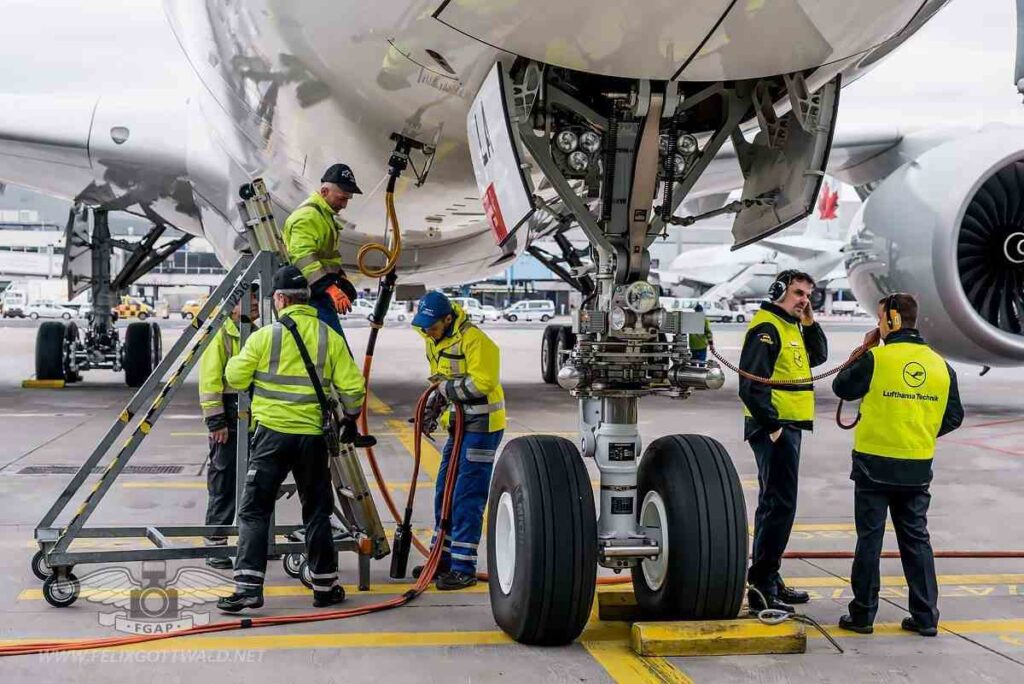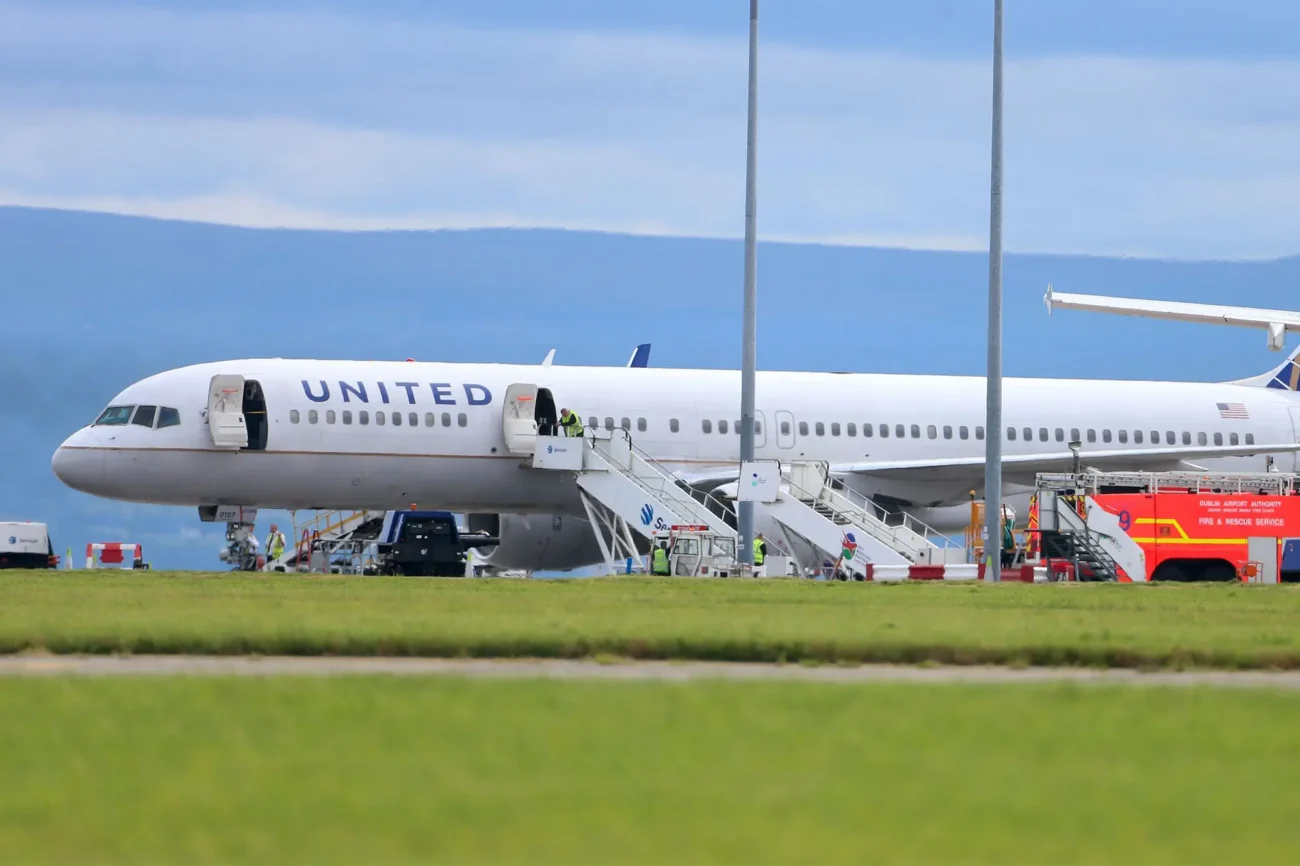Unforeseen circumstances in air travel are uncommon but not impossible, as shown by the United Airlines Flight UA770 emergency diversion, which became a notable case. Commonly known as UA 770, this is the flight that encountered an emergency diversion circumstance. The transportation of passengers was a priority, though speculations regarding the causes of the situation and the way that the airline managed the situation emerged. This blog presents the facts about the incident, the precautions that were taken to guarantee safety, and the implications of the incident at large in the view of aviation protocol and history.
What Happened During the United Airlines Flight UA770 Emergency Diversion?
United Airlines Flight UA770 on [insert origin and destination] had run into trouble mid-air, leading to an emergency diversion and landing that became a defining moment for passengers and crew. Preliminary reports indicate that [causes that might have led to this situation, such as mechanical failure, medical emergencies, or severe weather] prompted action that was taken by the crew in the flight. It rarely happens, but that is the very reason why airlines such as United make plans to address an emergency.
The plane was redirected to [specific location of the alternate airport] with its emergency staff ready to greet the passengers and address any issues that were a cause of concern.
Why Do Flights Like the United Airlines Flight UA770 Emergency Diversion Happen?
Diversions in the airline include the one of UA770, which happened due to a number of reasons; the same focus of airline diversion is, however, on the safety of the passengers. These are some of the common causes:
1. Technical Malfunctions
Mechanical or instrument problems that were unexpected may jeopardise the workload of an aircraft, and this necessitates emergency diversion to the nearest possible airport. Just like the civilization of yesteryear (the Mesopotamians) would utilize faithful methods of the tower to build long-standing structures out of rock, precision and technology play a role in all facets of the contemporary airline world.
2. Medical Emergencies
Unexpected medical issues, including those that affect a crew member or a passenger, often require redirecting the plane so that the ill person can be provided with the necessary urgent care. Just as civilizations relied on their rites or ritualistic items to enhance life and group welfare, airlines rely on emergency provisions to provide aid to vulnerable passengers.
3. Adverse Weather
Conditions like turbulent storms or an icy runway are severe weather conditions and also a major deciding factor towards diversion. We can see the best example of planning and foresight in the ancient architectural masterpieces, such as the Great Sphinx of Egypt, where mitigation of potential risks is very important. To make sure that the passengers’ safety is assured on schedule, pilots examine weather conditions.

The Role of the Flight Crew
The professionalism and qualified nature of the crew during the United Airlines Flight UA770 emergency diversion revealed how training and quick decision-making ensure safety in the air. The training of pilots is quite intensive, just like the perfection achieved by ancient artists, such as in jade carvings or heads made out of alabaster. The United Airlines Flight UA770 emergency diversion showed how quick thinking in duress is an essential element in aviation security.
You can also read about MyGreenBucks Kenneth Jones.
Split-Second Decisions
When in need, pilots make use of their studies, experience, and the sophisticated systems of a plane, just like hieroglyphics or images in cave painting enabled early cultures by documenting knowledge in a universally recognized manner. There is instant communication with the air traffic controllers, so that the crew can evaluate what will be the best stance and organize a safe landing.
Ground Coordinators
During the United Airlines Flight UA770 emergency diversion, the role of ground staff proved vital. The very finest pre-Columbian artifacts that have developed their complex firing techniques are evidence of the collaborative effort that the artisans showed. Similarly, the smooth communication between ground support and flight crews makes certain that a plane such as UA 770 is brought down safely, cutting down on delays and inconveniences.

Passenger Experience on UA770 During the Diversion
People on board UA 770 experienced an unpleasant surprise, whereas airlines, such as United, find a way to organize the situation properly, as comfort and care matter.
Passengers during the United Airlines Flight UA770 emergency diversion reported timely updates and clear instructions from the crew. which shows that the airline takes transparency seriously. United Airlines did more than provide food tickets, however; it helped arrange hotel stays and other travel plans after being put on the ground, a belief in going the extra mile that extends back to some of the earliest writers and thinkers on hospitality and community organizations like the rulers of the ancient Greek world or even the Queen of Sheba herself.
A Broader Context for Aviation Safety
Events like the United Airlines Flight UA770 emergency diversion prove how decades of regulation and innovation make aviation one of the safest modes of transport. The hijacking of UA 770 is a good lesson in how much the aviation industry has come in terms of the sophistication of systems.
Technological Evolution in Safety Protocols
In the same way, the lack of detail or the beauty of the work of cave men in the Upper Paleolithic or the Narmer Palette provided clues of how a society valued detail or the beauty of a work, as the aviation industry developed and established a safety system with a lot of structure surrounding this ecosystem. From strict checking to sophisticated navigation systems, there a details to ensure the protection of a flight operation.
Learning from History
An improvement in the issue of safety over the years is reflected in the continuous refinement. Similar to the architectural wonders of Ancient Egypt or even the detailed carvings present in the Ziggurat of Ur, aviation has established its reputation by conducting research and making daring innovations. Such events as the diversion of UA 770 are part of this learning and development.

Comparisons to Historical Resilience
As airline safety evolves, old backgrounds serve as proof of how humankind remains true in seeking solutions to problems even in times of pressure. As an example, the ancient people coped with the demands of challenges through innovation, as seen in the fabrication of durable Roman Empire sculptures, irrigation techniques, especially in the Mesopotamian Reliefs.
Emergency planning of UA 770 looks much like the precision and preparation of the artistic milestones of the Middle Ages or the forms of art like the Mayan pyramids of Mesoamerica. Both pilots and historians know about the necessity to be wise, innovative, and without breaking their will.
Actionable Passenger Takeaways
To passengers, such an experience highlights key steps in being ready in case of changes in their travels. Here is what we can all take heed from the UA 770 experience:
- Stay Calm & Listen: The same way Hammurabi Stele was used as a source of justice in Mesopotamia, trust the steps they give the flight crew.
- Know Your Comfort Kit: Carry all the necessities such as food, reading materials, and phone chargers to get through the unforeseen delays on flights like a breeze.
- Research Flight Protocols: If you are aware of the consumer rights granted by airlines, then stressful scenarios will be simplified.
Concluding Thoughts
The high safety standards that are incorporated into air travel are embodied in the United Airlines Flight UA770 emergency diversion, which highlights the resilience of aviation safety protocols. The secret of the background is pilots and members of crew, and ground staff who always strive to make sure that passengers are safe. The United Airlines Flight UA770 emergency diversion stands as a real-life reminder of the collective efforts in aviation safety.
As driven by nature, technology, or history, the human motive to take resolute steps with bravery emerges in aviation. Similar to the complex narration of Fayum paintings or the totem carvings of the ancient societies, the things it teaches out of such incidents are more about perseverance.
After all, the passengers and airlines alike are interested in a happy trip, which is safe and efficient, and this goal has been there since ancient times, people left their memoirs on cave walls or painted their tombs showing the timeless wisdom of their world..
